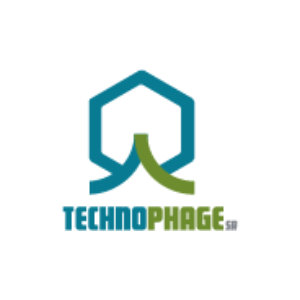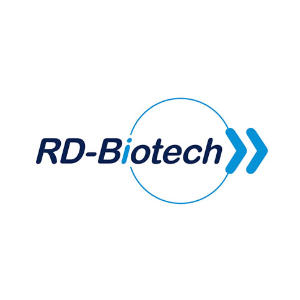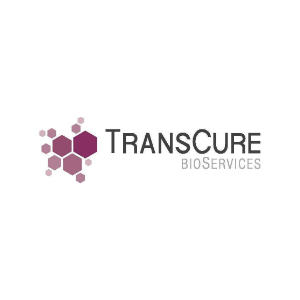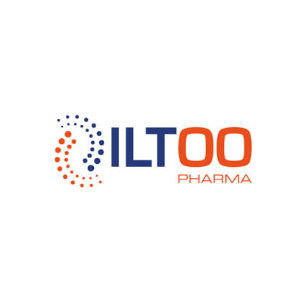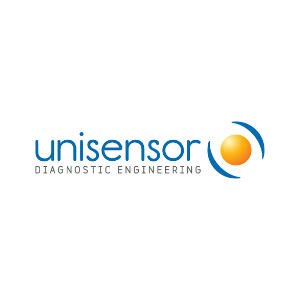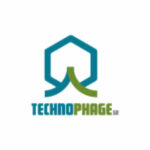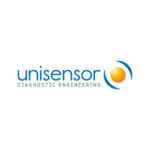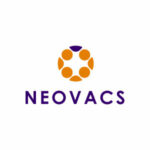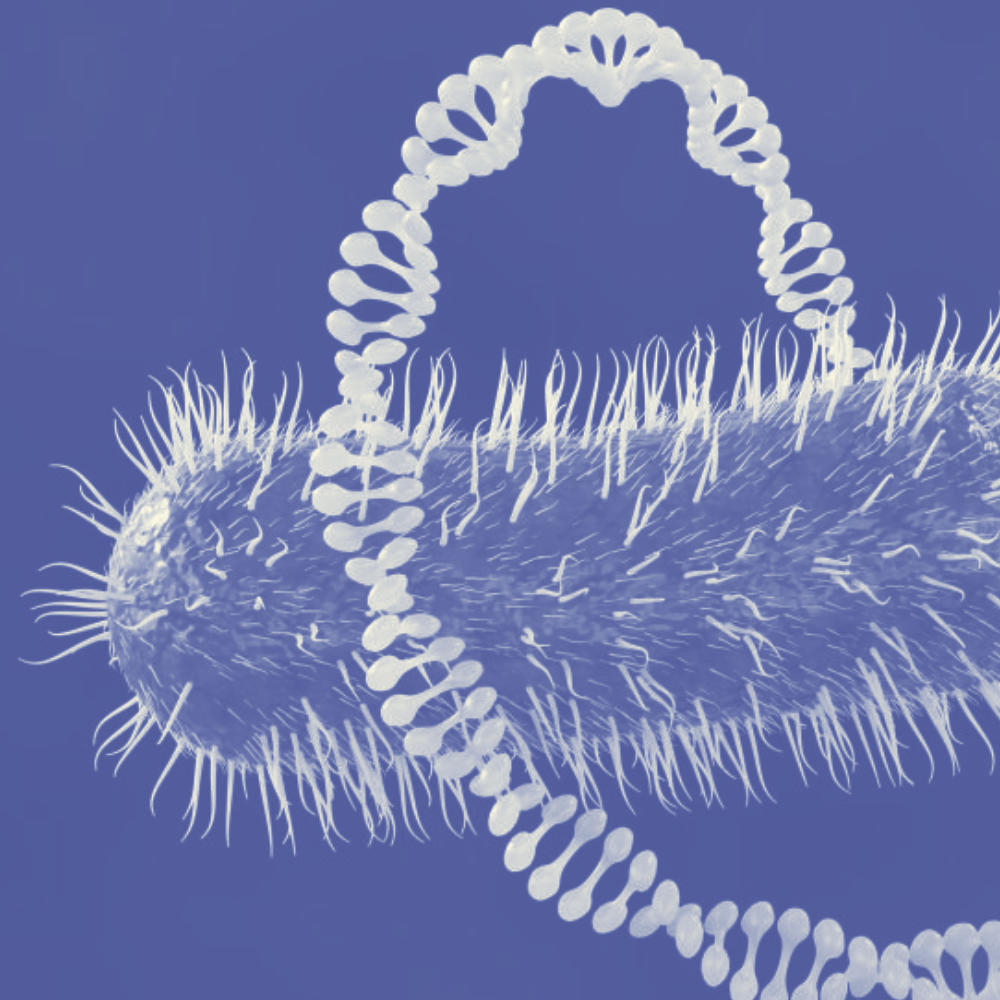
 Back to homepage
Our offer: Bioproduction
Back to homepage
Our offer: Bioproduction
Experts in construction of tools for bioproduction and preparation of microbial products
Aware of the potential of using microorganisms to produce biological molecules, Smaltis has developed proprietary microbial genetic editing technology. Thanks to its genetic engineering know-how, Smaltis constructs your bioproduction tools by customizing the genome of your bacterial producers or your expression plasmids to give them new properties or optimize existing ones.
Our expertise in microbiology and molecular biology also allows us to offer a service of bioproduction of genetic material and microbial products.
Optimize your research projects and bioproduction tools by entrusting them to specialized researchers
Do your projects require the construction of genetically modified bacterial strains, expression vectors, or the production of biological material? We can meet all your needs!
Starting material:
- Your own BSL1 or BSL2 strains
- Your own expression vectors
- Data from the literature
- Our own biological resources (see our Strain collections offer)
Proprietary tools and a tailor-made approach to support your projects
Meeting diverse needs and applications
| YOUR APPLICATIONS |
1
RESEARCH & DEVELOPMENT |
2
DIAGNOSTICS & MONITORING |
3
BIOPROCESSES |
| YOUR NEEDS |
Study of the MoA and/or interaction of a compound with a strain, |
Verification of the efficacy of diagnostic kits, |
Improvement of productivity, |
| OUR SOLUTIONS |
Genome modification of bacterial strains by deletion, replacement, gene insertion, or directed mutagenesis Construction and optimization of plasmids: cloning, construction of cell lines, and expression control Preparation of biological material: |
||
Our promise: Rigor and perseverance to shape the desired tools
To meet the challenges posed by the evolving bioproduction market, a growing need for new technologies can be observed. In addition to our tools and experience, our researchers engage with expertise and perseverance to tackle these challenges with you. Simultaneously, Smaltis invests in R&D projects to build innovative bioproduction tools.
Smaltis has been able to implement tailored tools and carry out mutant construction in various species such as Escherichia coli, Pseudomonas aeruginosa, Pseudomonas fluorescens, Acinetobacter baumannii, and Klebsiella pneumoniae, using clinical isolates or reference strains available from bioresources.
From its early days, Smaltis embarked on the construction of a strain for use in bioproduction, in the Pseudomonas aeruginosa species. To achieve this, our R&D team deleted 1% of the genome of the reference strain PAO1, conferring a phenotype of antibiotic hypersensitivity and hypovirulence. This project aims to provide a new model and new technical solutions to improve the production of biologicals.
Publication : Targeted Genome Reduction of Pseudomonas aeruginosa Strain PAO1 Led to the Development of Hypovirulent and Hypersusceptible rDNA Hosts.
On the other hand, Smaltis researchers have also created a strain of Escherichia coli from the BL21 strain, in which the genes encoding for the DE3 phage has been deleted. This deletion provides bioproduction stakeholders with a bacterium whose protein expression is governed by the T7 promoter without the risk of releasing DE3 phages into the production environment.
Smaltis is involved in an innovative collaborative project to develop a gene delivery method for the controlled release of therapeutic proteins, with considerable medical benefits. Smaltis is enthusiastic about taking part in this project to develop an innovative, highly versatile gene transfer technology platform, which seeks to offer economic, environmental and therapeutic benefits, while improving the comfort of patients suffering from chronic diseases.
The production of biological material offered by Smaltis, whether it’s inactivated bacteria, competent strains, microbial suspensions, or genetic material preparations, systematically and rigorously involves quality controls essential for validating the produced samples. These controls are based on precise calibration, purity analysis, verification of inactivation and competence properties.
